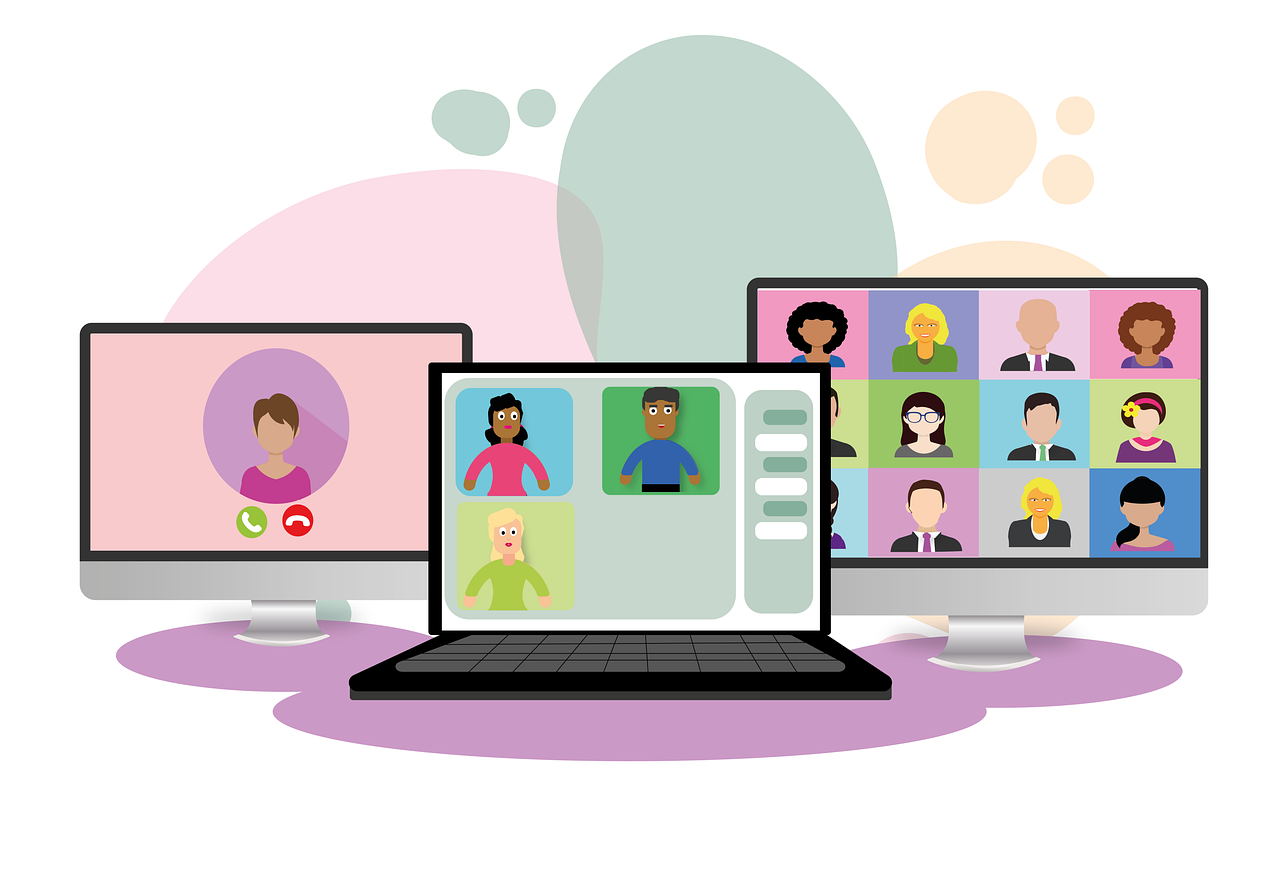In case you have not gotten the memo, McGill classes are all now held virtually. Gone are the days of running to your 8 a.m. classes, commuting to school, and pretending to stay awake during lectures. Yet, this comes at the cost of the regular start-of-the-year events, and a regular campus community.
Initial rejoices and complaints aside, remote learning remains unchartered territory, and its impacts on professors and students are not yet fully known. At the moment, instructors at McGill are taking steps to figure out how to successfully teach online, developing with new methods to make the transition smoother for students.
Charlotte Usselman, assistant professor in the Department of Kinesiology and Physical Education, shared her insight as a first-time Zoom professor.
“Open and honest communication with students is the key,” Usselman said. “I was very blunt with my class, telling them that […] although I had done my absolute best to prepare for the coming semester, I knew that there would be hiccups. I asked the class to be forthright and honest in their feedback and suggestions [….] So far, I’ve found that opening myself up to those suggestions has been extremely rewarding.”
Usselman also revealed some of the struggles that she and other instructors faced in the weeks and months leading to the start of the semester.
“Instructors preparing their courses for remote delivery this semester were not given extra hours in their workload to prepare, [so] we had to make time in our already-busy schedules to adapt,” Usselman said. “Many of us have worked hard to try to gain these new skills, […] but it has come at a cost in terms of time spent with our research labs, with our friends and family, and our sleep schedules.”
Maureen Rose, senior faculty lecturer in the School of Human Nutrition, had prior experience with remote learning as an instructor.
“[Remote learning] is not as effective as in person, as the interaction and sharing of ideas is less smooth and students seem more shy on Zoom,” Rose said. “Teaching 100 plus little black boxes is not fun nor interactive. [However], the impetus to try different ways of teaching and letting students take more responsibility for teaching themselves […] is an aspect of remote learning that I like.”
Remote learning has served some students well. For those with a safe and stable home environment, it can allow students to work at their own pace, away from the stressful environment of school. Additionally, with many classes now recorded and asynchronous, students are able to decide when their school day begins.
Tracy Liu, U3 Science, finds that she is able to better balance her work and school life with remote classes.
“With classes being held remotely, I save so much time commuting to classes and no longer have to work my personal schedule around school,” Liu said. “I currently have a research position, and remote learning allows me to work full time and take my classes in the evening. I am getting so much more done.”
On the other hand, Lily Ragsdale, U4 Science, finds it difficult to engage with her professors, classmates, and the material through remote learning.
“I’m just not getting fulfilled with remote learning,” Ragsdale said. “I’m unable to […] engage with virtual lessons and taking classes while being confined in my apartment is hard. I know that students and teachers are trying their best to make remote learning work, but things like slow communication and missing extracurriculars are inevitable.”
Only time will tell whether remote learning can actually be an adequate substitute for in-person classes. As the remote semester continues, it is important to keep in mind that this model of class is currently the best alternative, as keeping the university open poses a safety risk for students. Remote courses are certainly better than no classes at all.








